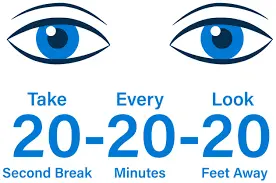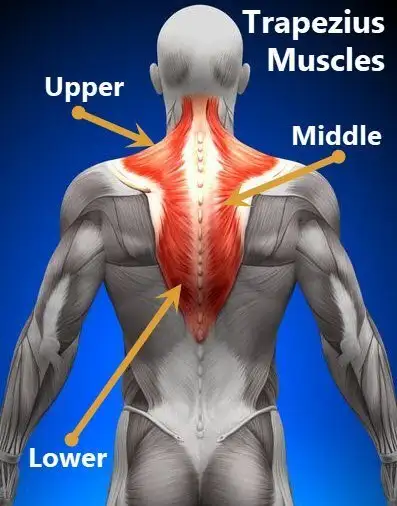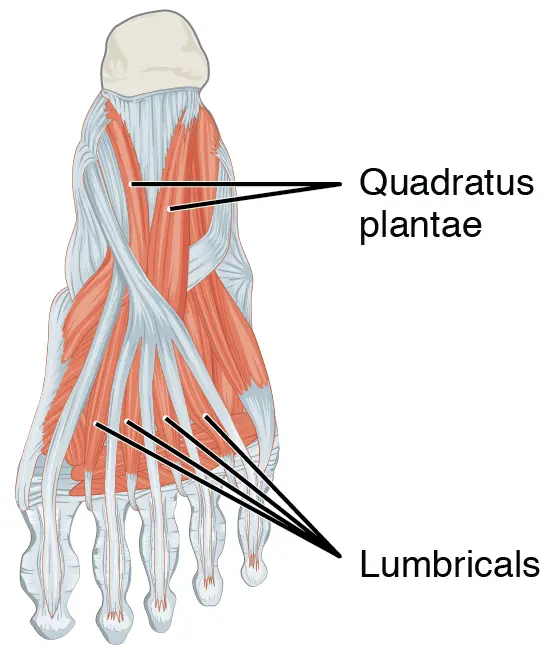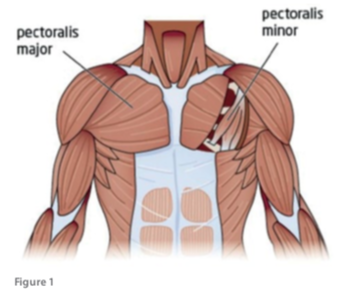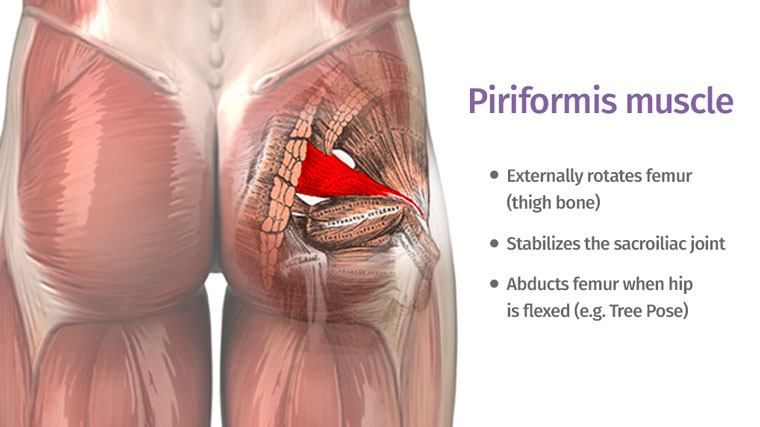20-20-20 Rule: Prevent Eye Strain When Using Digital Devices
What is the 20-20-20 Rule?
The 20-20-20 rule is a simple yet effective guideline for reducing eye strain, particularly for individuals who spend extended periods of time staring at screens. The rule suggests taking a break every 20 minutes and looking at something 20 feet away for at least 20 seconds. This practice helps to reduce eye fatigue and strain by giving your eyes a chance to refocus and relax. It’s especially beneficial for those who work on computers or engage in activities that require prolonged visual concentration.
Implementing the 20-20-20 rule can be helpful in preventing digital eye strain and may contribute to better eye health in the long term. In addition to following this rule, you can also consider other measures to reduce eye strain, such as adjusting the lighting and contrast on your screen, positioning your screen at an appropriate distance and angle, and practicing good overall eye care, including regular eye exams.
Tips for using the 20-20-20 rule
Here are some tips for using the 20-20-20 rule effectively:
- Set a timer on your phone or computer to remind yourself to take a break every 20 minutes.
- If you’re in a public place where you can’t look out a window, try focusing on a distant object such as a clock or a painting.
- If you’re wearing contact lenses, consider taking them out during your breaks to give your eyes a rest.
- If you find that you’re still experiencing eye strain after following the 20-20-20 rule, talk to your eye doctor. They may be able to offer additional tips or recommend treatments to help relieve your symptoms.
In addition to the 20-20-20 rule, there are other things you can do to help prevent eye strain when using digital devices, such as:
- To make your screen comfortable for your eyes, adjust the brightness and contrast.
- Position your screen so that it’s at eye level and about an arm’s length away from you.
- Take breaks from screens every 20-30 minutes to stand up and move around.
- If your eyes feel dry, moisten them with artificial tears.
- See your eye doctor for regular checkups.
What evidence supports the 20-20-20 rule?
The American Academy of Ophthalmology (AAO) and the American Optometric Association (AOA) both suggest the 20-20-20 rule as a means of reducing eye strain, however, there hasn’t been any scientific research done to evaluate its efficacy.
According to the findings of a 2013 study including 795 college students, people who took breaks from using their computers to refocus on far-off things experienced less computer vision syndrome symptoms, such as blurred vision, dry eyes.
A sample of patients at a university eye clinic were instructed to adhere to the 20-20-20 guidelines in a small 2020 research. The symptoms of computer eye strain remained unchanged, according to self-reports, twenty days later. However, the “tear break-up time” clinical test findings showed a notable decrease in dry eye.
A few research, taking brief pauses permits the concentrating muscles in the eyes to unwind. This could reduce eye fatigue.
Symptoms of eye strain
Eye strain may show up as a number of symptoms, such as:
- eye-watering
- tired or achy eyes
- blurred vision
- double vision
- dry eyes
- headaches
- eye redness
There are additional negative effects of prolonged sitting on the body. For instance, it may result in shoulder, back, or neck pain.
Tips for preventing eye strain
Similar to the 20-20-20 rule, the following techniques can lessen or avoid eye strain:
- Use eye drops: Using digital screens causes one to blink less frequently than usual, which might dry out the eyes. Most pharmacies carry artificial tears, and you may also buy them online. Users of contact lenses should confirm if the product is OK to use while wearing lenses. Preservative-free eye drops may be necessary for those with specific eye problems.
- Select glasses rather than contacts: When working for extended amounts of time at a computer, think about using glasses rather than contact lenses. Wearing contact lenses might exacerbate dry eyes.
- Use a humidifier: Reducing the amount of dry air in a room can help relieve the symptoms of dry eyes. A humidifier can be used for this purpose.
- Minimize screen glare: To avoid eye strain, protective anti-glare displays can be installed on computers, phones, tablets, and eyewear. Also, compared to curved screens, flat screens typically have less glare.
- Examine the screen’s position. According to the AAO, a computer screen should be placed 25 inches (64 cm) or approximately an arm’s length away from the user’s eyes. Placing the screen so that a person’s sight is somewhat downward is the ideal option.
- Change the brightness and contrast of the screen to make it just bright enough to view text without straining your eyes. The amount of sunshine present can alter the appropriate contrast.
- Schedule routine eye exams: Untreated eyesight issues are a primary contributor to strain. Getting regular examinations will guarantee that any changes to a person’s vision are promptly taken care of.
By adopting these techniques, eye strain from using computers, phones, and tablets can be lessened. Luckily, most of them don’t need a significant time or cost investment.
Conclusion
In conclusion, the 20-20-20 rule serves as a valuable tool in preventing eye strain and minimizing the potential negative effects of prolonged screen exposure. By taking short breaks every 20 minutes and focusing on an object 20 feet away for at least 20 seconds, individuals can help alleviate eye fatigue and maintain better overall eye health.
However, it’s important to remember that while the 20-20-20 rule can be beneficial, it’s only one part of a comprehensive approach to eye care. Other practices such as maintaining an appropriate screen distance, adjusting lighting and screen settings, and regular eye check-ups are equally important.
By incorporating these measures into your daily routine, you can work towards reducing eye strain and promoting long-term eye health, contributing to your overall well-being and comfort, especially if you spend significant time in front of screens.
FAQs
Is the 20-20-20 rule effective?
Put differently, the 20-20-20 rule is effective. Researchers clarify that any break from repeated computer work or screens is good, despite the fact that many doctors believe the 20-20-20 guideline is the greatest line of protection. Additionally, they clarify that kids usually don’t notice eye strain as much as adults do.
What is the 20-20-20 rule for students?
The 20-20-20 rule is it! Here’s how to do this:
Look away from the screen for 20 seconds, roughly 20 feet in front of you, for every 20 minutes that you spend using it. This is done to lessen the strain on the eyes that comes from staring at digital screens for extended periods of time.
Is the 20 20 20 rule real?
Every 20 minutes that somebody spends staring at a screen, they need to focus for 20 seconds on anything 20 feet away. One of the best ways to remember to take frequent breaks is to keep to the guidelines. This could lessen the strain on your eyes from prolonged use of digital devices.
What are the benefits of the 20 20 20 rule?
The 20-20-20 rule, which aims to lessen eye fatigue, states that you should look away from your screen for at least 20 feet every 20 minutes. Frequent screen breaks assist avoid eye strain and provide your eyes with much-needed rest.
References
- Crna, R. N. M. (2023, February 16). Does the 20-20-20 rule prevent eye strain? https://www.medicalnewstoday.com/articles/321536
- Computers, digital devices, and eye strain. (2023, August 8). American Academy of Ophthalmology. https://www.aao.org/eye-health/tips-prevention/computer-usage

